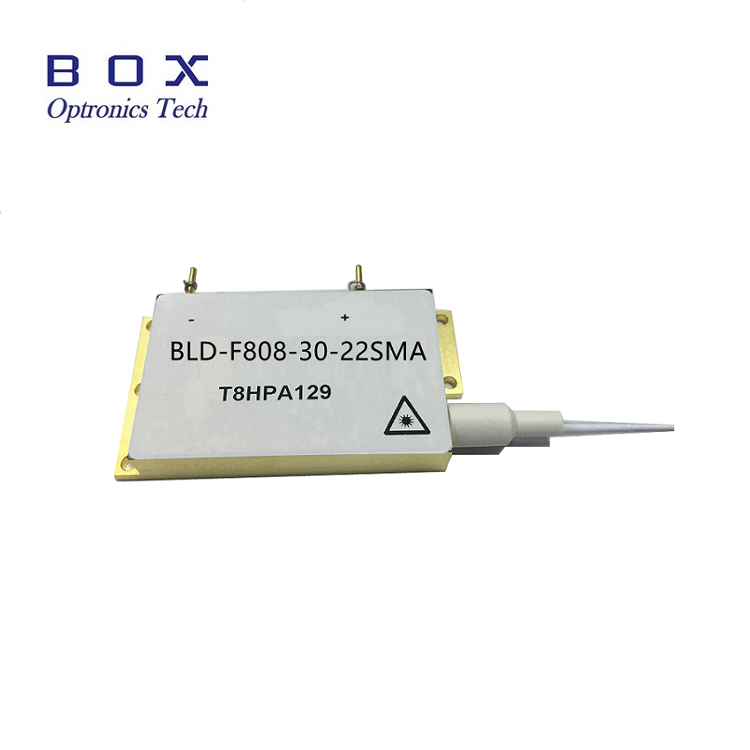Demystifying Multimode Fiber Coupled Laser Diodes: Understanding the Differences
2024-05-14
In the realm of laser technology, precision and efficiency are paramount. One crucial component that plays a pivotal role in various applications is the laser diode. Among the different configurations available, the multimode fiber coupled laser diode stands out for its versatility and performance. In this article, we'll delve into what makes multimode fiber coupled laser diodes unique and explore how they differ from other laser diode configurations.
Understanding Laser Diodes:
Before diving into multimode fiber coupled laser diodes, let's have a brief overview of laser diodes in general. A laser diode is a semiconductor device that emits coherent light through the process of stimulated emission. It comprises an active region sandwiched between layers of semiconductor materials. When current passes through the diode, it excites electrons in the active region, leading to the emission of photons.
What is a Multimode Fiber Coupled Laser Diode?
A multimode fiber coupled laser diode, as the name suggests, is a laser diode that is coupled with a multimode optical fiber. This coupling allows for the efficient transmission of laser light over relatively short distances, typically within a few kilometers. The multimode fiber can accommodate multiple light paths (modes), which gives it the ability to transmit a larger amount of light compared to single-mode fibers.
How Does it Differ from Other Laser Diode Configurations?
1. Coupling with Multimode Fiber: One of the primary distinctions of multimode fiber coupled laser diodes is their coupling with multimode fibers. This configuration enables the transmission of a broader spectrum of light, making them suitable for applications where high power and large core fibers are required.
2. Higher Power Output: Multimode fiber coupled laser diodes are capable of delivering higher power outputs compared to their single-mode counterparts. This makes them ideal for applications such as material processing, laser engraving, and laser pumping.
3. Wavelength Range: While both single-mode and multimode laser diodes operate across various wavelengths, multimode fiber coupled laser diodes are particularly well-suited for applications where a broader wavelength range is necessary. This flexibility makes them adaptable to a wide range of industrial and scientific applications.
4. Beam Divergence: Due to the multimode nature of the optical fiber, multimode fiber coupled laser diodes typically exhibit higher beam divergence compared to single-mode configurations. This divergence can be advantageous in certain applications where a wider beam spread is required.
5. Cost-Efficiency: In many cases, multimode fiber coupled laser diodes offer a cost-effective solution, especially for applications that do not require the extremely tight beam characteristics provided by single-mode fibers.
Applications of Multimode Fiber Coupled Laser Diodes:
The versatility and robustness of multimode fiber coupled laser diodes make them indispensable across various industries. Some common applications include:
- Material Processing: Laser cutting, welding, and surface treatment.
- Biomedical Imaging: Fluorescence microscopy and flow cytometry.
- Communication Systems: Fiber optic communication and sensing.
- Laser Pumping: Powering solid-state lasers and fiber lasers.
Conclusion:
Multimode fiber coupled laser diodes represent a crucial advancement in laser technology, offering a balance between power, versatility, and cost-effectiveness. Their ability to efficiently couple with multimode optical fibers makes them indispensable for a wide range of industrial, scientific, and medical applications. By understanding the unique characteristics and capabilities of multimode fiber coupled laser diodes, engineers and researchers can harness their potential to drive innovation and progress in various fields.



